Archaeology and the Bible go hand in hand from the time of the Assyrian conquest of Israel through the New Testament. But, the farther back in history you go, the harder it is to find correlations between the Bible and the archaeological findings. Some archaeologists, known as Minimalists, deny the historicity of even such biblical characters as David and Solomon. They suggest that most of the well-known biblical events never happened at all.1
The following article is a summary of “Chronological Framework of Ancient History. 1: Problem, Data, and Methodology,” by Kenneth C. Griffith and Darrell K. White, and of the surrounding discussion and research pertaining to it. The views expressed do not necessarily reflect those of New Creation.
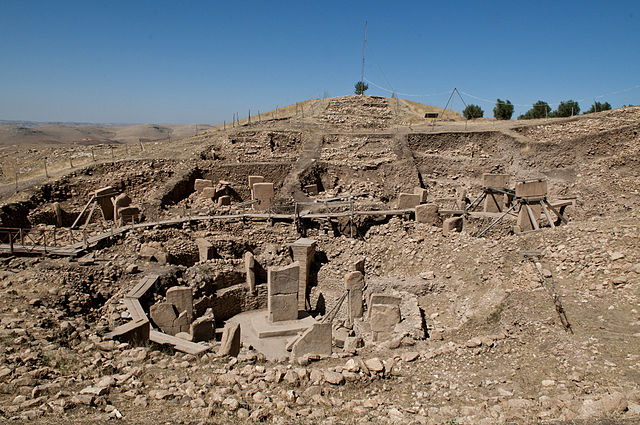
Meanwhile, standard chronologies allot over three million years for the Stone Age. And, many archaeological sites are dated to thousands of years ago. For example, the temple at Gobekli Tepe has a Carbon-14 date of 12,000 BC. This is long before the biblical date for creation. So, how can we resolve the seeming differences between archaeology and the Bible?
Kenneth Griffith and Darrell White attempt to do just that in a 20-part series, of which Part 1 recently published. They explain that there are typically two ways in which biblical scholars explain the conflicts between the Bible and the archaeological record.
Chronology Solution A
Many early archaeologists, such as George Rawlinson and Flinders Petrie, held a generally Christian worldview. That doesn’t mean, however, that they believed in the chronology of the Bible. Even within Christian traditions, there are competing chronologies. The Septuagint, based on a Greek translation of the Bible, had a chronology about 800 years longer than that of the Masoretic Text. The Masoretic is based on the Hebrew version of the Bible
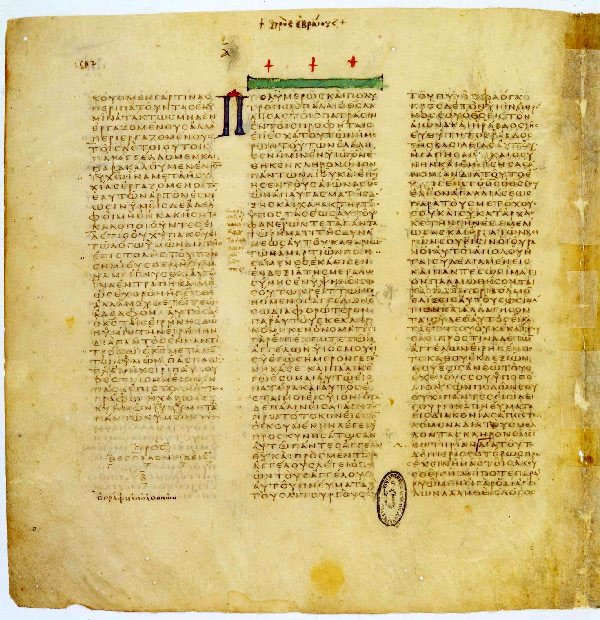
As evolutionary theory became entrenched in the early twentieth century, archaeology rejected the biblical chronology altogether. They placed Neanderthals at 130,000–40,000 years ago and the Paleolithic Era at 3.3 million–10,000 years ago. A few Christian scholars and archaeologists continued to defend the historicity of the Bible. Archaeology as a scientific discipline, however, became unconcerned with the biblical chronology.
Some biblical researchers have embraced the Septuagint chronology. Since it adds about 8 centuries between the Flood and Abraham, this allows more time for the early archaeological record. The Septuagint chronology is still much shorter than conventional world chronologies. By compressing some early eras, such as the Neolithic and Chalcolithic periods, they can still construct a timeline that works. Another method for reconciling these differences is to adopt portions of both the Masoretic and Septuagint, whichever works better with the researcher’s chronological scheme.
Griffith and White argue that if the Septuagint were the most accurate translation of the original Hebrew Old Testament, then it would be consistent to use it entirely rather than using the Masoretic text for events such as the Sojourn in Egypt and the Judges. They suggest that solving the chronology problem by using a different textual version is simply an attempt to tweak a chronological system that was full of errors and bad assumptions in the first place.
Chronology Solution B
The second solution is to revise and correct ancient history and stratigraphy, particularly that of Egypt, to bring them into agreement with the Bible. There have been multiple attempts in the past 70 years to do just that. Although these projects have varied wildly both in quality of work and conclusions, some interesting discoveries have come up. The rest of this article discusses the problem from the perspective of Solution B.
The Problem
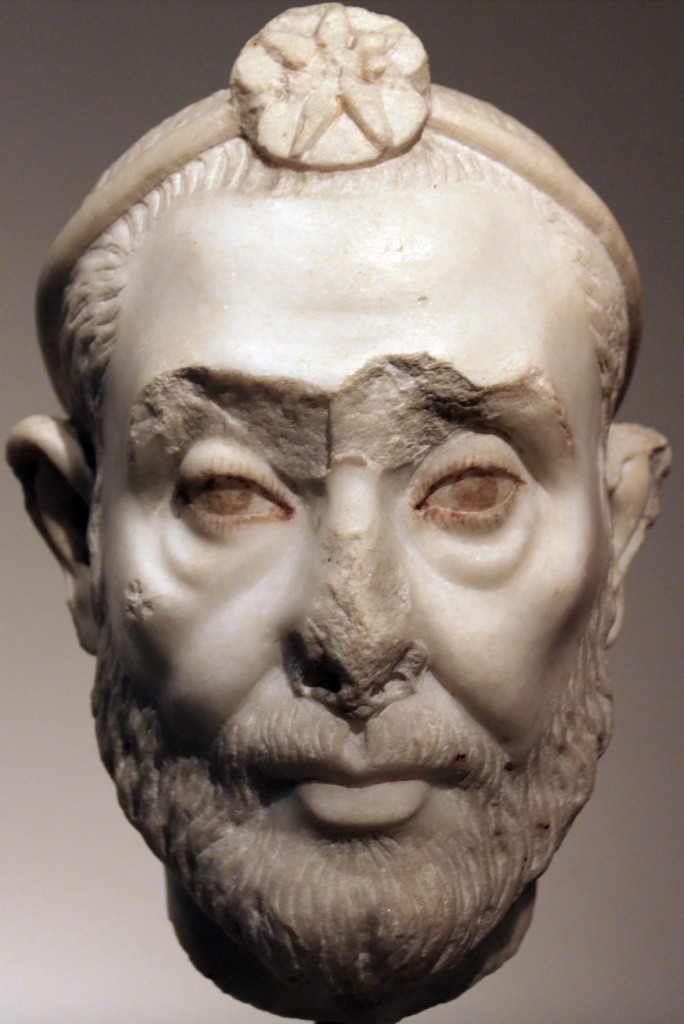
Griffith and White explain the currently-used model of ancient history did not derive from systematically piecing together all relevant data. Instead, it is based on Greco-Roman scholars’ interpretation of Manetho’s history of ancient Egypt. (Manetho was an Egyptian historian from the third century BC.) Ussher, who compiled an extensive world chronology based on the Masoretic Text in the 17th century AD, also used Manetho’s chronology of ancient Egypt.
When archaeologists began to discover ancient Egyptian records, they fitted their findings into Manetho’s chronology. They also expanded the chronology extensively to account for evolutionary assumptions about the Stone Age. This expanded timeline obscures authentic synchronisms with the Bible, making it appear that the biblical text is not historical.
Is the Bible the Solution?

So, where should we place the authority? Should it be in archaeology or in ancient historical records? In Jewish oral traditions or in Scripture? Or should it be in some combination of all these?
Academia seems to intentionally discount Scripture. It sometimes also discounts historical testimonies when those are inconvenient, claiming that they contain errors. Another problem is that ancient inscriptions often only include the year of the current king. This makes it difficult to compile a sequential chronology and easy to inflate the timeline.
In general, biblical chronologists tend to assume that the current construction of ancient chronologists is correct. They try to fit the Biblical chronology into the established world chronology.
Griffith and White contend that we must make the Bible our highest and first authority. They think we should work from the clearest information to the most obscure. Ancient chronologies of Carthage, Egypt, and Assyria are pieced together and uncertain. So why should we try to fit the biblical chronology to those?
According to Associates for Biblical Research, the scope of ancient near eastern chronology is so broad and made up of so many bits of information that no single person could possibly have the necessary knowledge to revise it. Griffith and White do not dispute this. They do point out that no single person could possibly know enough to confirm the conventional chronology, either. Perhaps God is the only one with enough knowledge to construct an accurate chronology. And, in that case, we should start with the Bible.
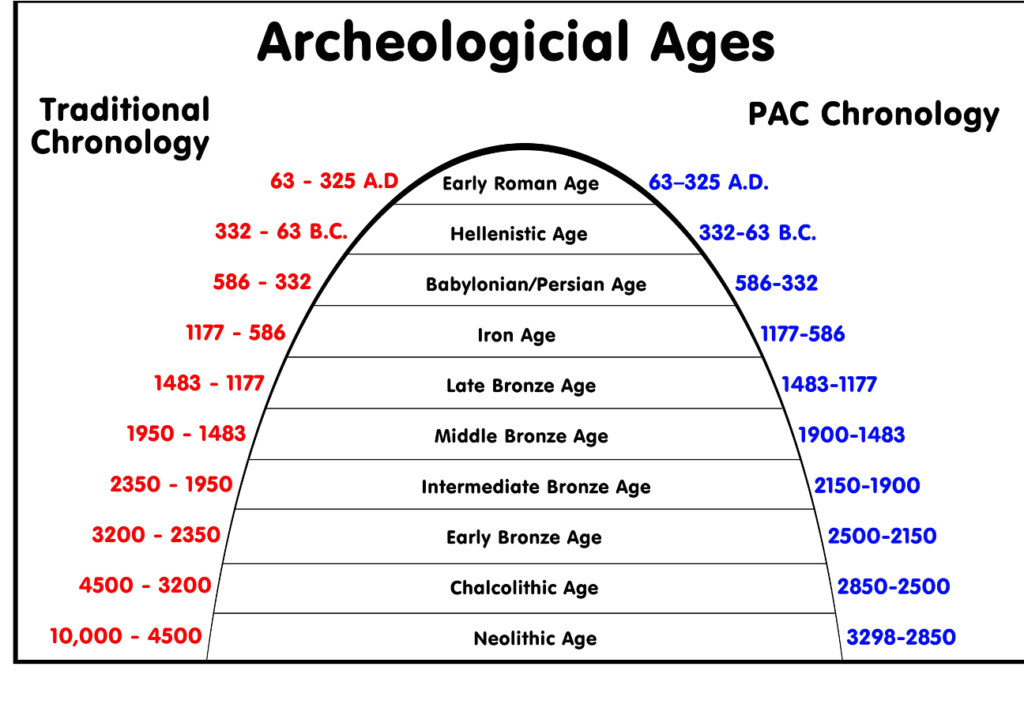
Biblical scholars who accept the Septuagint chronologies generally accept most of the conventional model of ancient history. They typically shorten the Palaeolithic and Neolithic ages to fit into the biblical time frame.
Those that accept the Masoretic text generally place the Flood in the 24th century BC. This date clashes badly with the standard chronology of the Ancient Near East. Recently, a few scholars have attempted to make the historical chronologies fit with that of the Masoretic text. They’ve barely scratched the surface of the challenge .2,3,4,5,6 Griffith and White believe that despite the enormity of the task, it is imperative to come to an understanding of historical chronology that fits with the Masoretic text, which they believe to be the correct version.
Misinformation and Bias
It can be easy to misidentify or misinterpret archaeological findings. Artifacts often provide only fragmentary evidence of past events. Archaeologists and historians can be guilty of creating interpretations that attempt to fill in the gaps. These may not be based on reality. The standard chronology that has been constructed over the years has become so entrenched that academic journals may not accept articles that suggest anything different.
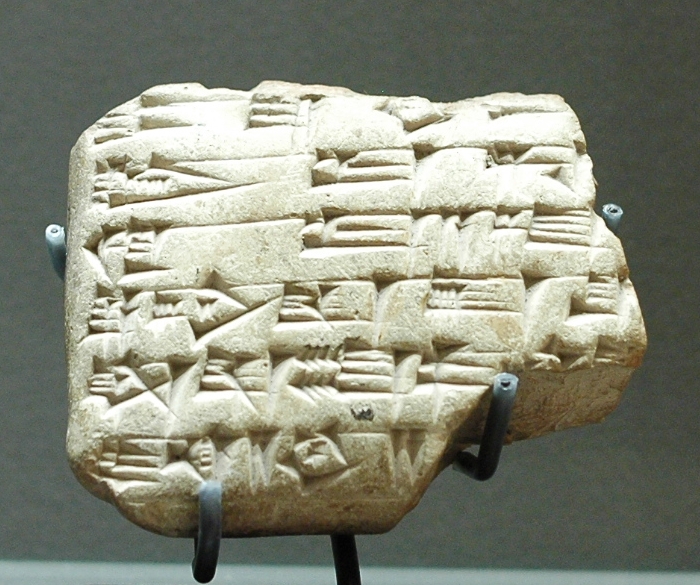
Yet, the standard chronology is based on some assumptions that may not be correct. Griffith and White point to the example of Itin, a governor of Byblos. Scholars assumed that he was the same person as Yantin-Ammu, who lived during the reign of Zimri Lim. This assumption is based on a linguistic similarity in the name when comparing the cuneiform with the hieroglyphs. Based on this association, the Middle Bronze Age II in the Levant is assumed to equate with the thirteenth dynasty of Egypt. However, Griffith and White suggest that no other evidence ties these two periods together and that there is evidence to the contrary.
Another possible misinterpretation pertains to the dynasties of Egypt. Manetho, the aforementioned Egyptian historian, recorded 31 dynasties, and the standard chronology lists them sequentially. However, it is possible that some of them were contemporary, with one dynasty ruling in Upper Egypt, while another ruled in Lower Egypt.
Building on Bad Foundations
Griffith and White write, “Error begets more error, which results in gaps … as well as missed history.”
One of these gaps may be the Bronze Age collapse. Based on the standard chronology, it appears that Greece and Anatolia were unoccupied for a few centuries. But Griffith and White argue that this dark age did not exist. It was added to make the archaeology fit what scholars believed to be the correct chronology.
Another potential problem is the Hallstatt Plateau. This is a phenomenon in Carbon-14 dating in which radiocarbon decay appears to have temporarily ceased between the years of 800 and 400 BC.7 Griffith and White find this to be highly improbable. It is more likely that the standard chronology is in error!
Missing Biblical Events
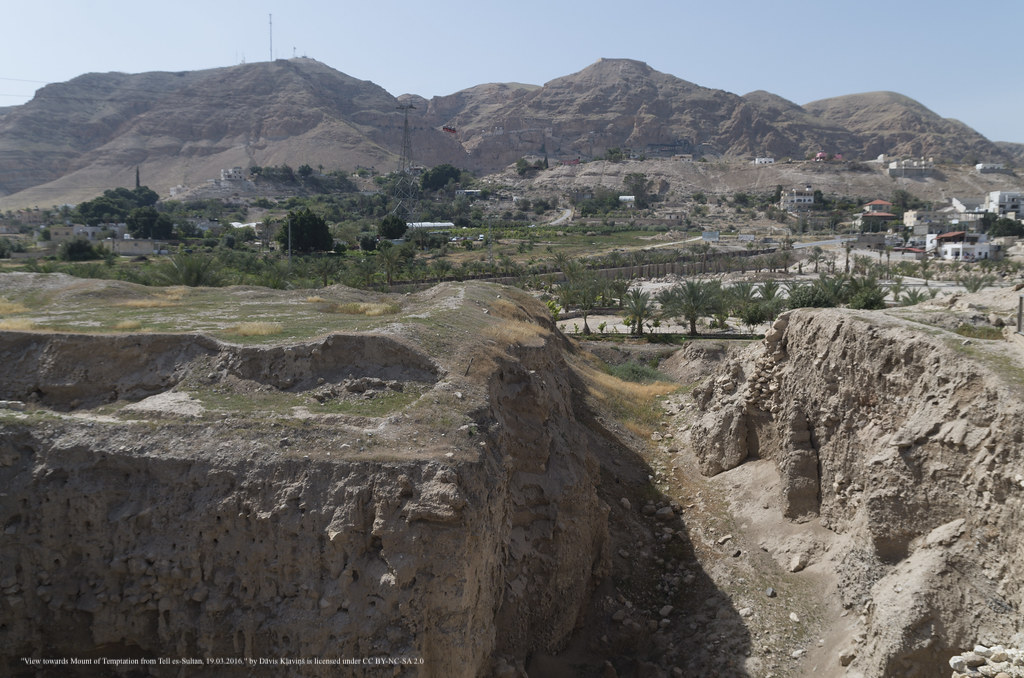
Most of the cities in the Ancient Near East have suffered multiple destructions. Yet, sometimes it can be difficult to correlate destruction layers with biblical accounts of cities being destroyed, for example, during Joshua and the Israelites’ Conquest of Canaan. Griffith and White note that many cities such as Heshban, Arad, Jericho, and Hazor have destruction levels commonly dated to the 22nd century BC, about 800 years before the Conquest. Griffith and White raise the possibility that they actually date to later, and provide evidence for the conquest.
Attempts at Revisions
If the standard chronology is correct, why have there been attempts over the decades to revise it? Griffith and White suggest that such attempts keep popping up because the standard chronology fails to adequately mesh with biblical history. There is a need for a revised chronology that matches the biblical account.
Griffith and White admit that their new proposed chronology, which they plan to present in this 20-part series, is neither absolute nor exhaustive. However, they believe that they can demonstrate that ancient history does agree with Ussher and Jones’ rendering of the biblical chronology.8,9
They base their research method on two questions:

- 1. “Did the ancient chronologers record accurate information?”
- 2. “Do they give consistent results between different cultures?”
It seems unlikely that ancient historians from various areas and cultures could have collaborated. Therefore, when there is agreement between ancient records from various areas, they likely reflect real events.
Parts 1–5 of Griffith and White’s series examine the synchronisms between ancient records and conclude that they agree with the Ussher-Jones chronology. Parts 6–18 subdivide the chronology into smaller and more precise time periods based on ancient records.
Methodology

Griffith and White admit that they have preconceived biases. They believe that the Bible is the infallible word of God. In addition, they believe in a world-wide flood in the days of Noah and that there are no gaps in the Genesis chronologies. They believe that ancient historians had access to historical archives and that it is possible to construct a reliable chronology based on comparisons between ancient records. They also believe that due to different cultures using different calendars, it is impossible to achieve an absolutely accurate chronology, but accuracy within a year or so should be possible.
By looking for events that appear in multiple ancient records and that have ties to well-dated events, Griffith and White can establish a database of well-documented events to serve as anchor points for their chronology. They can then triangulate events by arriving at the same date for the event when calculated through two different routes. This helps confirm that the dating is correct. They avoid making name associations unless there is supporting evidence that confirms the association.
Conclusions
The forthcoming 20-part series by Griffith and White attempts to present a revised chronology of world history that fits the biblical chronology as presented in the Masoretic Text. They suggest that the conventional chronology has fallen prey to misplaced authority. It relies on misidentified information, and it stands on a foundation of errors. And finally, they believe that their chronology works with both the biblical chronology and the archaeological evidence to present an accurate chronology of world history.
Footnotes
- Finkelstein, Israel, and Neil Asher Silberman. 2002. The Bible Unearthed: Archaeology’s New Vision of Ancient Israel and the Origin of Sacred Texts. New York: Free Press. ↩︎
- Hoeh, Herman L. 1967. Compendium of World History. Vol. 1. Pasadena, California: Ambassador College. ↩︎
- Hoeh, Herman L. 1969. Compendium of World History. Vol. 2. Pasadena, California: Ambassador College. ↩︎
- Montgomery, Alan. 2021. Ages in Order: A Velikovskian Revision. Kanata, Ontario: Best Bard Press. ↩︎
- Osgood, John. 2020. They Speak with One Voice: A Correlation of the Biblical Record with Archaeology. Bunjergen, Queensland, Australia: Self Published. ↩︎
- Waite, Roger. 2016. The Bible and Egypt: In Search of a Correct Egyptian Chronology. http://rogerswebsite.com/articles/TheBibleandEgypt.pdf. ↩︎
- Van der Plicht, J. 2005. “Radiocarbon, The Calibration Curve and Scythian Chronology.” In Impact of the Environment on Human Migration in Eurasia, vol. 42, edited by E.M. Scott et al., pp. 45–61. ↩︎
- Jones, Floyd Nolen. 2019. Chronology of the Old Testament: A Return to Basics. 21st ed. Green Forest, Arkansas: Master Books ↩︎
- Usher, James. 2007. The Annals of the World, translated by Larry Pierce and Marion Pierce. Green Forest, Arkansas: Master Books. ↩︎


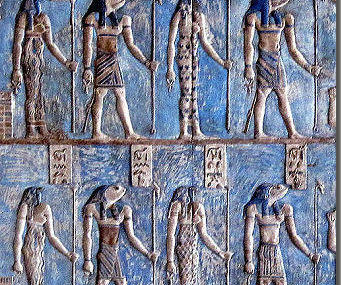
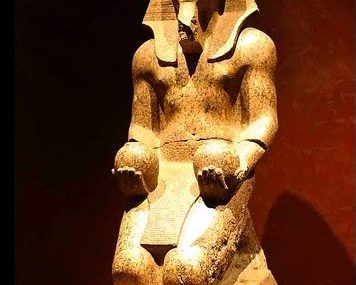
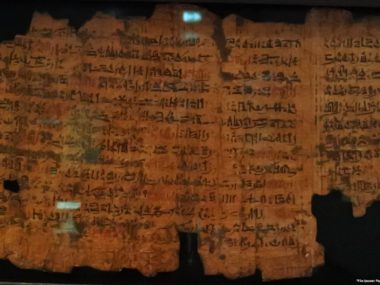
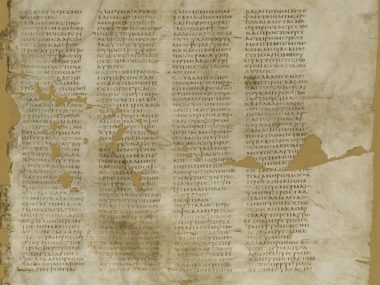






In the last paragraph in the Chronology A Solution section, it seems like the authors are saying the Septuagint is the most accurate version, but in the last paragraph of the Misplaced Authority section and following, they say the Masoretic version is the one to use?
Thank you for noting discrepancy. The authors fully support the use of the Masoretic text. Perhaps I did not convey their argument in this section as well as I could have. I believe that they are making an argument against picking and choosing portions of the Septuagint and portions of the Masoretic text. I will re-word the text to convey this more clearly.
It is depressing that in schools, universities (whether public or private) the secular mythological chronology is dogmatically taught, with the story of the Paleolithic that they teach as a fact when it was an invention of John Lubbock … Since then, his lie is taught everywhere, and everyone accepts it as a fact when it is a fantasy.
And to top it off, such magazines use the term BCE and CE instead of BC and AD, it shows that they are anti-Christian.
Well, they can try to remove Christ from history. But we can just as easily adopt their new terms: Before Christ’s Era and Christ’s Era.
Good combination, could work brother
In the Archeological chart what does PAC stand for?
It may be useful to note that conventional carbon dates are disputed by young earth creationists. They hold that, because of Noah’s flood, the correct carbon dates reflect earlier, younger, time periods.
Hi William,
The PAC chronology is Dr. Scott Stripling’s proposed chronology to fit the biblical timeline. I do not remember what PAC stands for. Thank you for your remarks on Carbon-14 dating. Yes, young earth creations suggest that there is a problem with the calibration of C14 dates, although this problem has been noted by non-creationists, as well. This is not only a pre-flood issue. There is a noticeable shift separating the C14 dates from archaeological dating starting around 1400 BC, and increasing the further back in history that you go.
If C14 records carbon intake in living things would not the fact that all living things except some sea creatures were inside the ark for a full year and under a constant downpour for the first 150 days that probably washed all the carbon out of the air – IN EFFECT RESET atmospheric C14 back to zero?
I’m sure that immediately Noah opened the window and looked out he saw a landscape uniformly flat just as the top of the Grand Canyon and many other lands are. And all the landscape would be growing nothing but a uniform crop of vegetation at most just about 100 days old.
Noah was in the ark 371 days and it was day 271 the dove found the olive leaf.
If we accept vast quantities of seeds had managed to float after being shaken from their plants, bushes and trees during the flood and had been left on very fertile mud from day 271 then there would be a great deal of vegetation available for all the herbivorous creatures when Noah finally let them out!
Many modern crops can germinate, flourish, and ripen in 100 days.
All that first post-flood vegetation might be lacking in C14 as would any creature that was born, lived, died and left fossils.
Then to make matters more complicated – as the flood debris and dead creatures sucked into the emptied geyser voids began fermenting and spontaneously combusting to make the great volcanoes – surely they would gush out great quantitites of old C14 – and is there new C14 in volcano gases? Or does fire destroy C14?
I wrote ‘GREAT’ volcanoes but those first volcanoes would not be the great cones we seen now as the cones are the result of repeated eruptions; the first volcanoes would only need to push up through thin strata and thereby make little cone or probably just craters..
And might in fact be all those craters claimed as meteorite impacts despite there being a lack of meteorite rock in them actually be post-flood volcanoes – or just as likely are they all the vents the great geysers erupted from.
Moon craters very often have the central peak that is the hallmark of an impact by a big fluffy ball of ice and dirt.
A further complication of the flood altering C14 quantities is that the debrading of tree trunks and removal of all soft tissue from humans and creatures by being tossed about in the flood debris might remove C14 material and drop it into the deepest sediments to be buried out of reach of extraction for testing for C14?